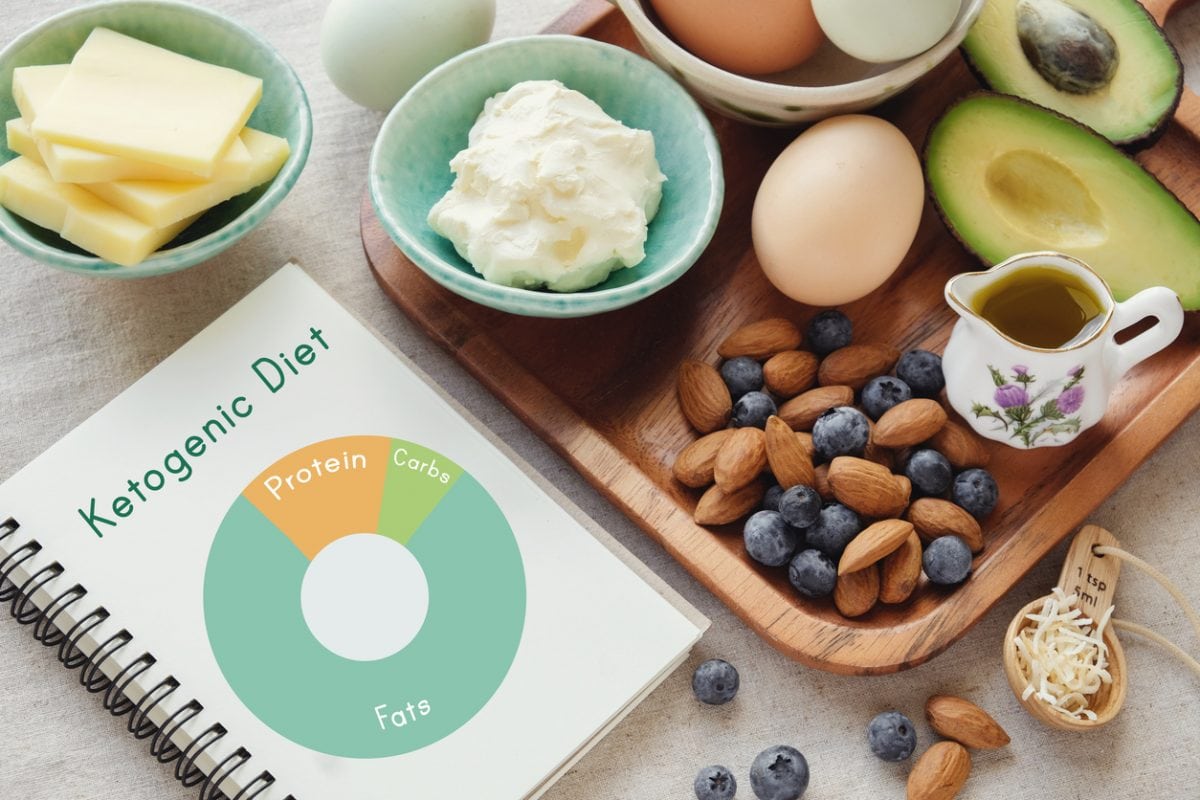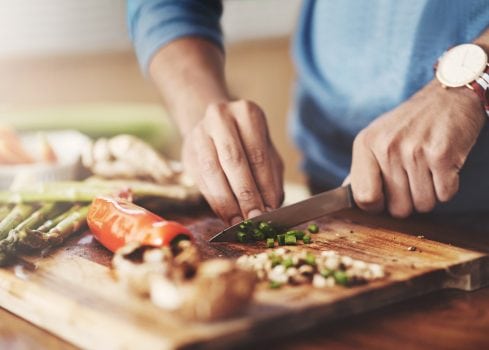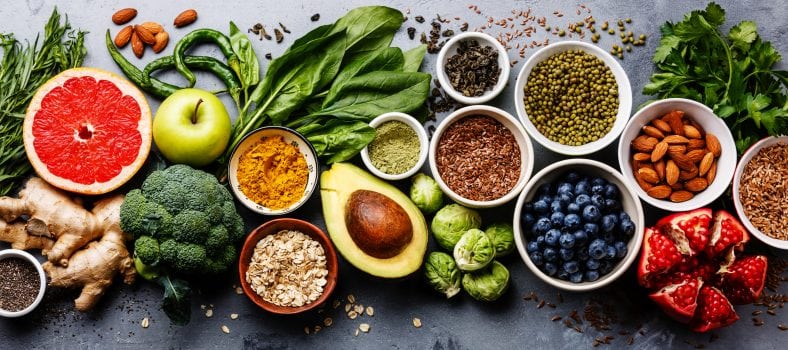It's challenging enough to stick to your health, fitness, and dieting goals when you're at home. When you're traveling, it can be even harder. Nothing's worse than going on vacation only to be frustrated that you've gained back weight you worked so hard to lose.
Let's be honest. When you travel, it's harder to pay attention to what you're eating, when you're eating and how much you're eating. If you prepre ahead of time, however, you can make this much easier. Focusing on intermittent fasting, limiting your carbs, and keeping up some version of your exercise routine can put you on a path to success.
How Travel Disrupts Your Diet
We seem to be traveling more than ever. The U.S. Travel Association reports that spending on travel in the U.S. alone averages $2.8 billion per day. Per day! That's a lot of opportunity to fall off the wagon.
- You're likely to be less physically active. While it may seem you're covering lots of ground rushing to the airport and flying (or driving) hundreds of miles, you're also spending most of that time sitting down. It's also common for travelers to abandon their usual workout routines.
- There are snacks and junk food everywhere. It's tempting to grab snacks at the airport or to worry that you may not have a chance to eat for a while, so yo ugrab whatever is available. Most of these choices are high carb, high sugar distractions.
- Your internal clock is disrupted. If you're traveling through time zones, your circadian rhythm is a mess and youo will find yourself craving more, with diminished self control.
But it's not hopeless! Here are some recommendations for counteracting these issues and staying healthy when you travel.
Limit Carbs When Traveling
We can debate all we want the merits of low fat vs low carb diets. Especially when the carbs are high quality, real food carbs. However, when you travel, lower quality carbs are often the biggest temptation. Simple carbs like sweets, foods made with white flour, and many packaged and processed foods are everywhere.
- Bring healthy snacks with you. Instead of relying on food counters at the airport or filling up on junk food at rest stops on the highway, take the time to prepare some healthy meals. Prepare snacks that include superfoods such as almonds and other mixed nuts, salads with broccoli, kale hemp seeds and chia seeds, and perhaps some dark chocolate for a treat.
- Do your own shopping and cooking. Just because you're on vacation doesn't mean you have to eat out every meal! Don't derpive yourself of trying some new restaurants, but remember you can still do some of your own cooking. Look for a hotel or Airbnb that lets you do at least a little cooking and that has a fridge. This gives you more control over your diet.
- Research eating options ahead of time. Before you leave on your trip, identify hotels, restaurants, and eateries that offer healthy and low-carb options. Don't forget to find out when and where local farmer's markets are held. I find that is a fantastic way to check out the local scene and partake in healthy local food choices.
- Drink water. Staying hydrated can help combat hunger, and it will keep you away from sodas, juices and other sugary distractions.

Incorporate Fasting Into Your Trip
There are many health benefits to intermittent fasting. It can help you to lose weight and lower insulin, and there's even evidence that it contributes to longevity. But when it comes to travelling, the best part of IF is the convenience! If you're fasting, you don't have to worry about finding a healthy meal at the airport or on the plane. Stick with water and you are good to go!
If you are fasting, do it in a responsible and healthy way. If you're on any kind of medication, consult with a health professional before fasting. If you've never fasted, start slowly. Most people can do an 18:6 fast without too much discomfort. This means fasting for 18 hours and then eating for the next 6 hours. When you get comfortable with this, you can increase the duration of your fasts to 24, 48, or even 72 hours. If you want to try fasting on your next trip, it's a good idea to try some short fasts before you begin your journey.
Other Tips to Stay Healthy on the Road
- Exercise regularly. Try to stay somewhere with a gym. Or a neighborhood that has a gym you can use. Even without this, you can schedule in a walk, jog or bike ride. If you're visiting tourist attractions, think of a walk or bike tour rather than a bus tour. Look into places where you can explore nature and get fresh air.
- Get enough rest. Travel can also disrupt your sleep patterns. Lack of sleep is associated with anxiety, depression, hypertension, and many other health problems. If you're going to be traveling through time zones, start adjusting to the new time before you leave for your trip. When on your trip, be careful not to burn the candle at both ends. If you're getting up early for a long day of sightseeing (or business meetings), go to bed at a reasonable time.
- Limit your intake of alcohol. It seems that alcoholic beverages are everywhere when you travel. Whether you're ordering a cocktail to help you relax on a long flight, downing tropical drinks on the beach, or sampling local craft breweries or wineries, the temptations are everywhere. Alcohol is high in calories and sugar. It can also disrupt your sleep patterns. If you do drink, limit it to one or two per day.
- Don't stress out. Stress is never healthy and travel, even the kind that's supposed to be relaxing, can contribute to it. Avoid trying to fit in too many activities on your trip. Rushing around tends to make you reach for junk foods for quick comfort or energy. When planning your schedule, leave time for spontaneous exploration or just lounging around.
Watching your diet when traveling is important, especially if you frequently find yourself on the road. It's easy to slip into bad habits when traveling which means you have to start all over when you return home. It's better if you can stay consistent even when you're away from home. Limiting your carbs, fasting, and maintaining regular exercise and sleep routines all help you maintain optimum health when you travel.









